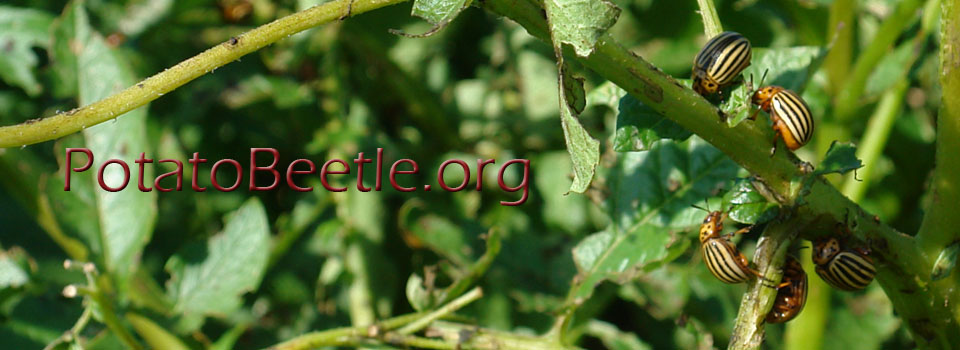Middleton, E.G. and I. V. MacRae. 2021. Biological Control 152: 104463, https://doi.org/10.1016/j.biocontrol.2020.104463
Wildflower plantings in agroecosystems can support arthropod predators, and may have the potential to increase conservation biological control of pest species in nearby crops. Colorado potato beetle (CPB) is a significant defoliator of potato that is resistant to many forms of management. Promoting natural enemies of CPB by establishing perennial wildflower plantings in field margins may provide a measure of control for this pest. We examined the impacts of floral plantings on the abundance of known CPB predators, predation of CPB egg masses, and CPB populations in a commercial agroecosystem. Floral plantings increased the abundance of CPB predators, but did not significantly increase the rate of predation of sentinel CPB egg masses within field margins. Within nearby potato fields, predator abundance and predation rates on CPB eggs were unaffected by the presence of flowers. Colorado potato beetle abundance in potato fields was also not impacted by floral plantings. However, floral margins may provide improved overwintering opportunities for CPB, and further investigation is needed. Perennial wildflower plantings show potential for attracting predators that prey on CPB, but these benefits do not extend into nearby potato crops.
